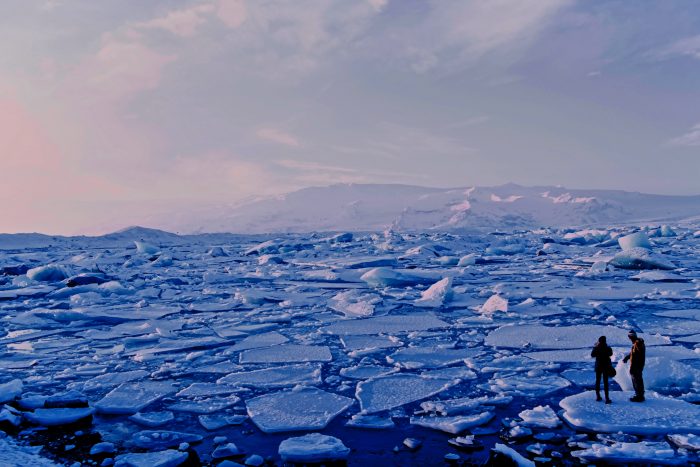
The Nature Climate Change journal has published a new study that predicts Arctic sea ice could be gone by 2035. Scientists have said if what is happening in the Arctic right now compares to the last interglacial period, it could be free of sea ice in about 15 years. Yet it could be anywhere between 2035 and 2086.
The UK Met Office Hadley Centre’s climate model has compared the Arctic sea ice from present-day with the last interglacial period. Their international research team’s looked at the similarities of the last warm period which was approximately 127,000 years ago (the last interglacial period). The findings show some important predictions for the future of sea ice.
The study looked into ‘melt ponds’ or shallow pools of water which form in spring and early summer on top of Arctic sea ice. The new model by Hadley Centre is the most advanced physical representation of the Earth’s climate in the UK. It is a crucial tool in climate research of sea ice and melt ponds.
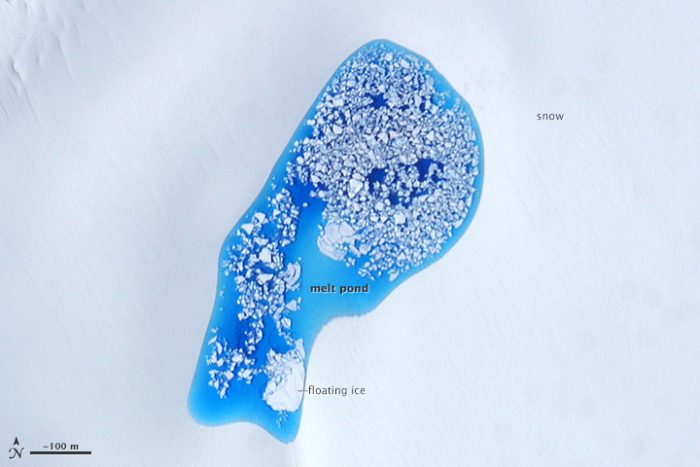
Dr Maria Vittoria Guarino, joint lead author for Earth System Modeller at British Antarctic Survey BSA said:
“High temperatures in the Arctic have puzzled scientists for decades. Unravelling this mystery was technically and scientifically challenging. For the first time, we can begin to see how the Arctic became sea ice-free during the last interglacial. The advances made in climate modelling means that we can create a more accurate simulation of the Earth’s past climate, which, in turn gives us greater confidence in model predictions for the future.”
Co-leaders Dr David Schroeder and Prof Danny Feltham and developers of the implementation of the melt pond scheme, from the University of Reading said:
“This shows just how important sea-ice processes like melt ponds are in the Arctic, and why it is crucial that they are incorporated into climate models.”
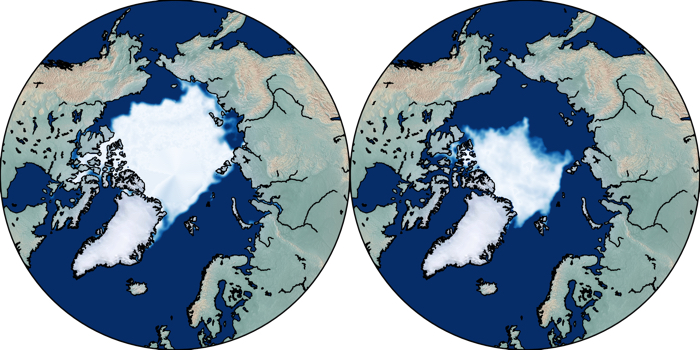
Even in a best-case scenario arctic ice according to an analysis of numerous climate models, would make the region be practically ice-free before the middle of this century.
While some studies show with the increase in ice melt the melt pools also increase the potential for phytoplankton blooms in the ocean under the ice. Which can lead to the sea ice being unsteadier, revealing the ocean underneath and causing more heat absorption, speeding up the melting further.
The authors of the study concluded:
“The ability of the [new] model to realistically simulate the very warm LIG Arctic climate provides independent support for predictions of ice-free conditions by summer 2035.”
The study is an imperfect estimate, although the findings support more recent models that imply sea ice is on its way out far sooner than originally thought. New research like this on the melt ponds, for example, showcases what has previously been overlooked and how these things impact the climate.

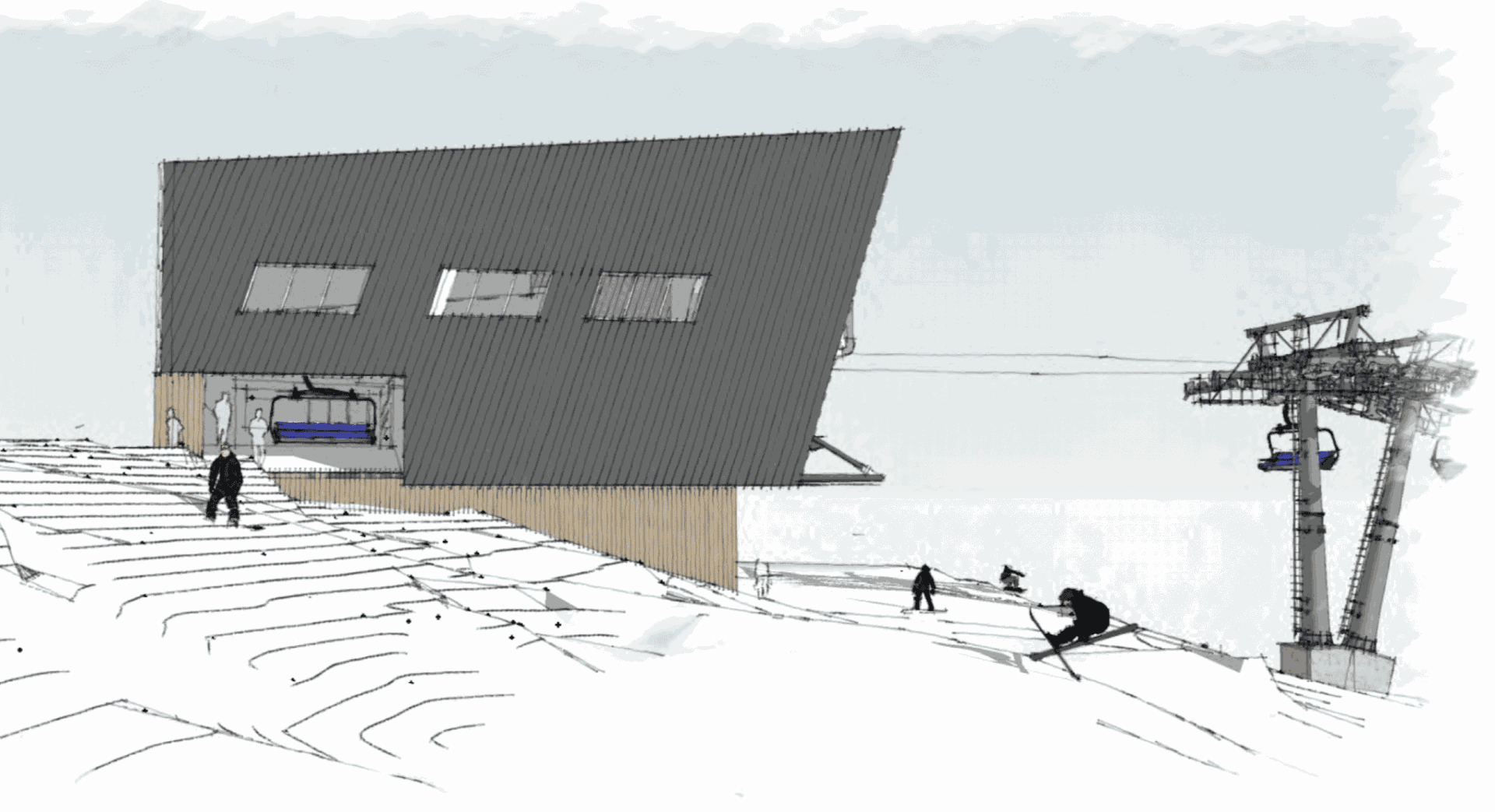


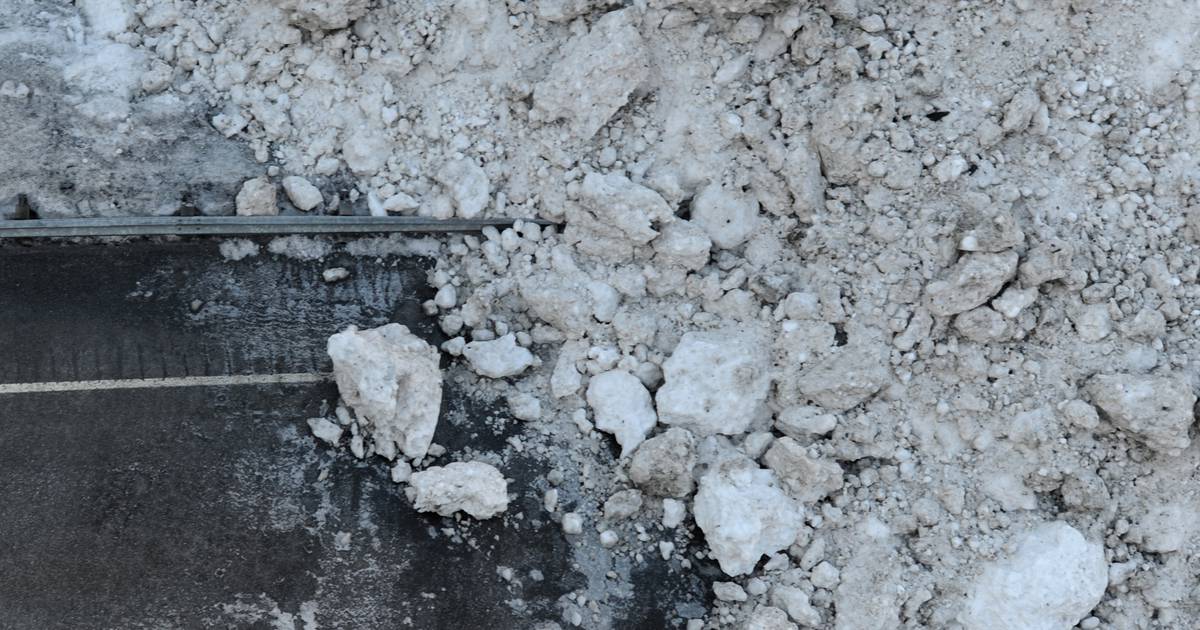
Could be gone, and then again, could not be gone. Funny how literally none of the ‘we’re all gonna die!’ environmental predictions have come true; study deeply enough, and you’ll see these climate patterns happening over eons, over and over, and Eco-Armageddon never happens…
Kinda like Grinnell glacier disappeared in 2020….. just like the models predicted
But how can that be? I keep see people posting that there is no climate change.